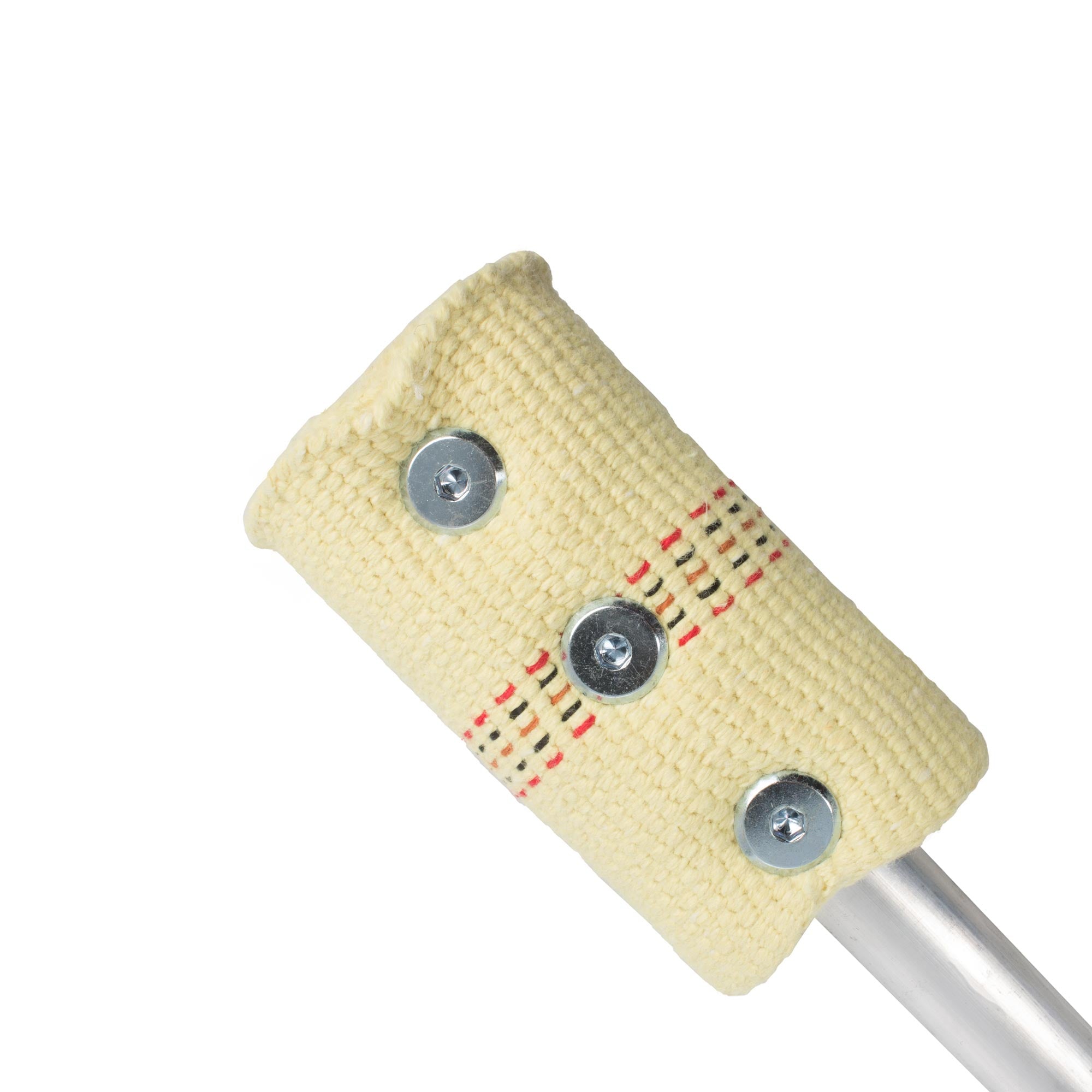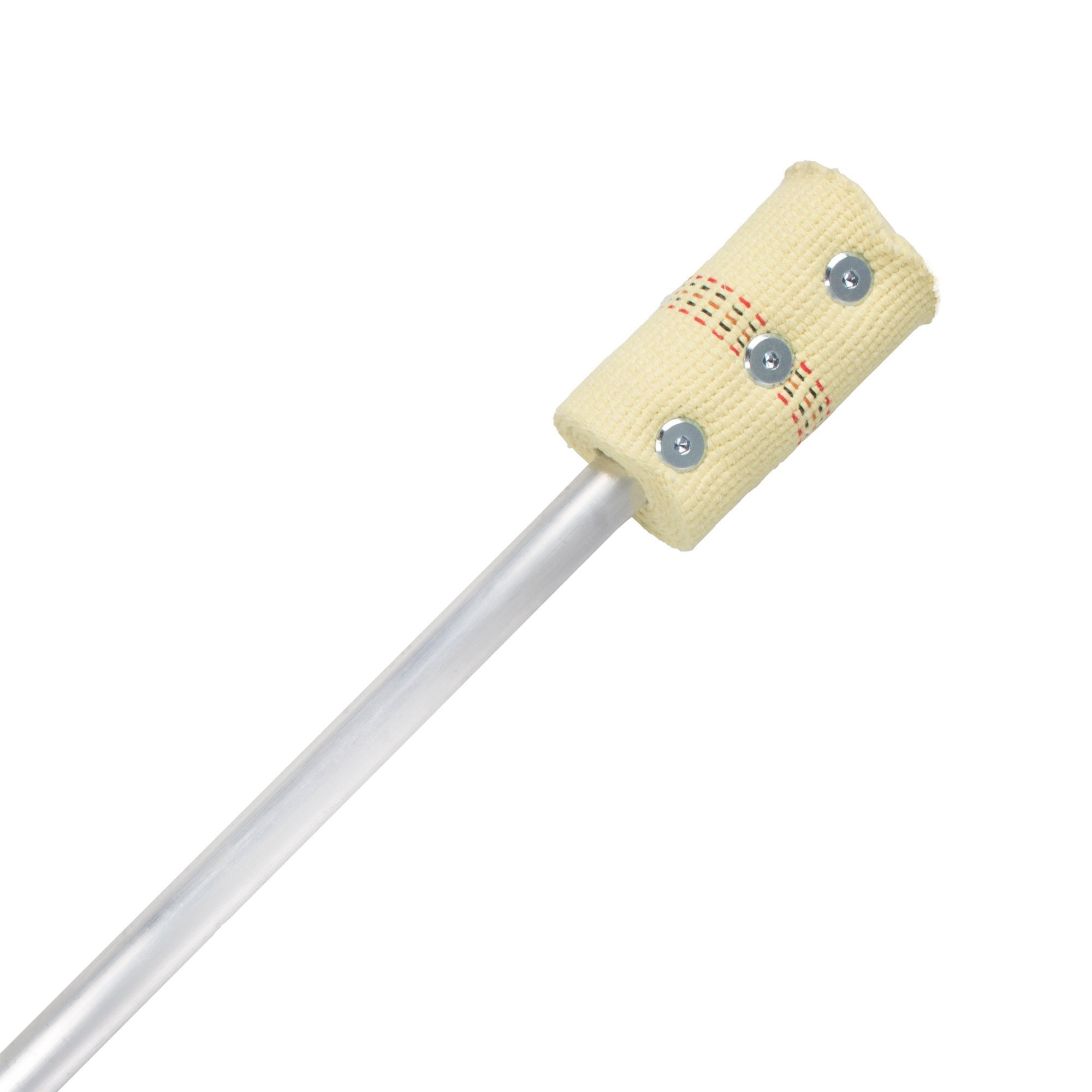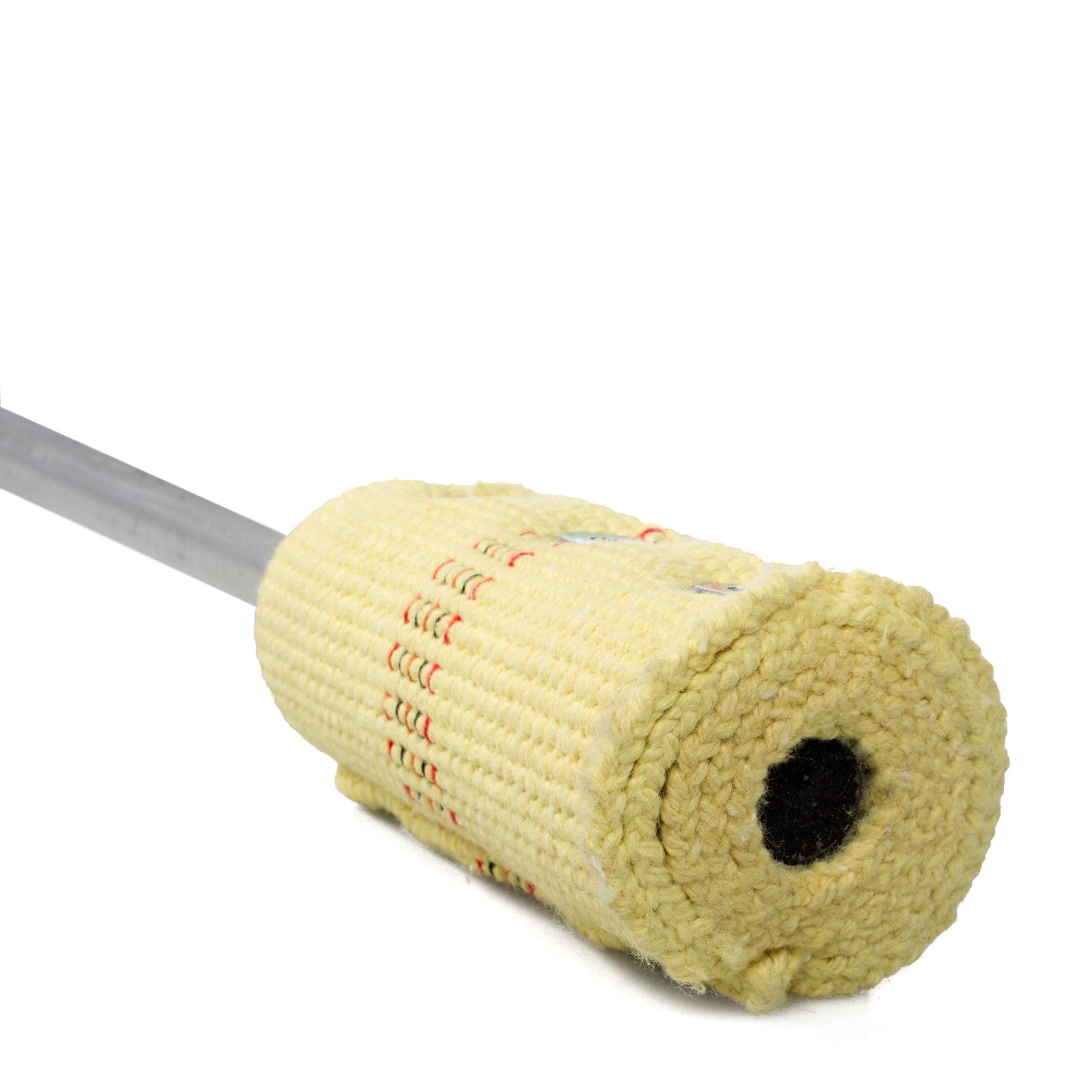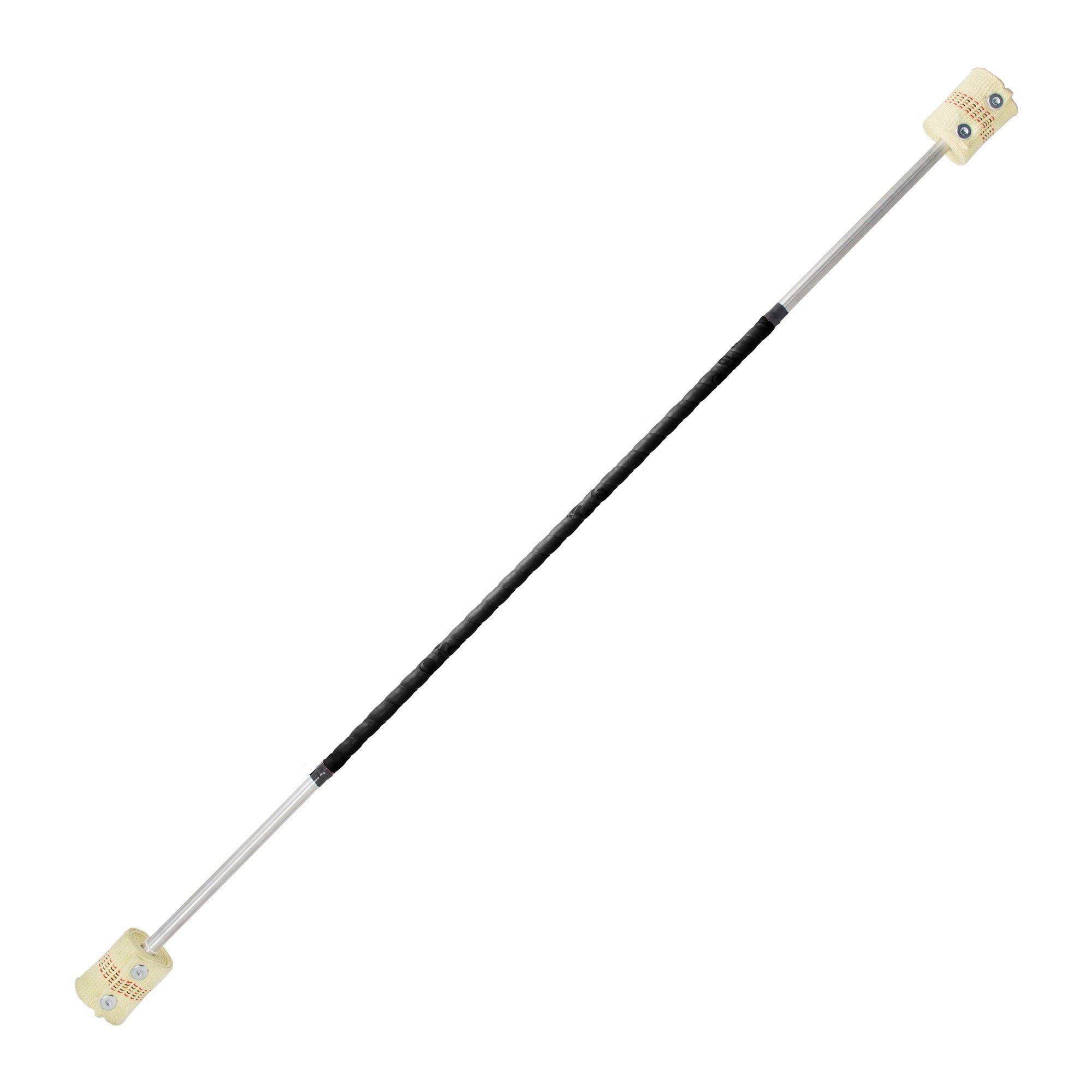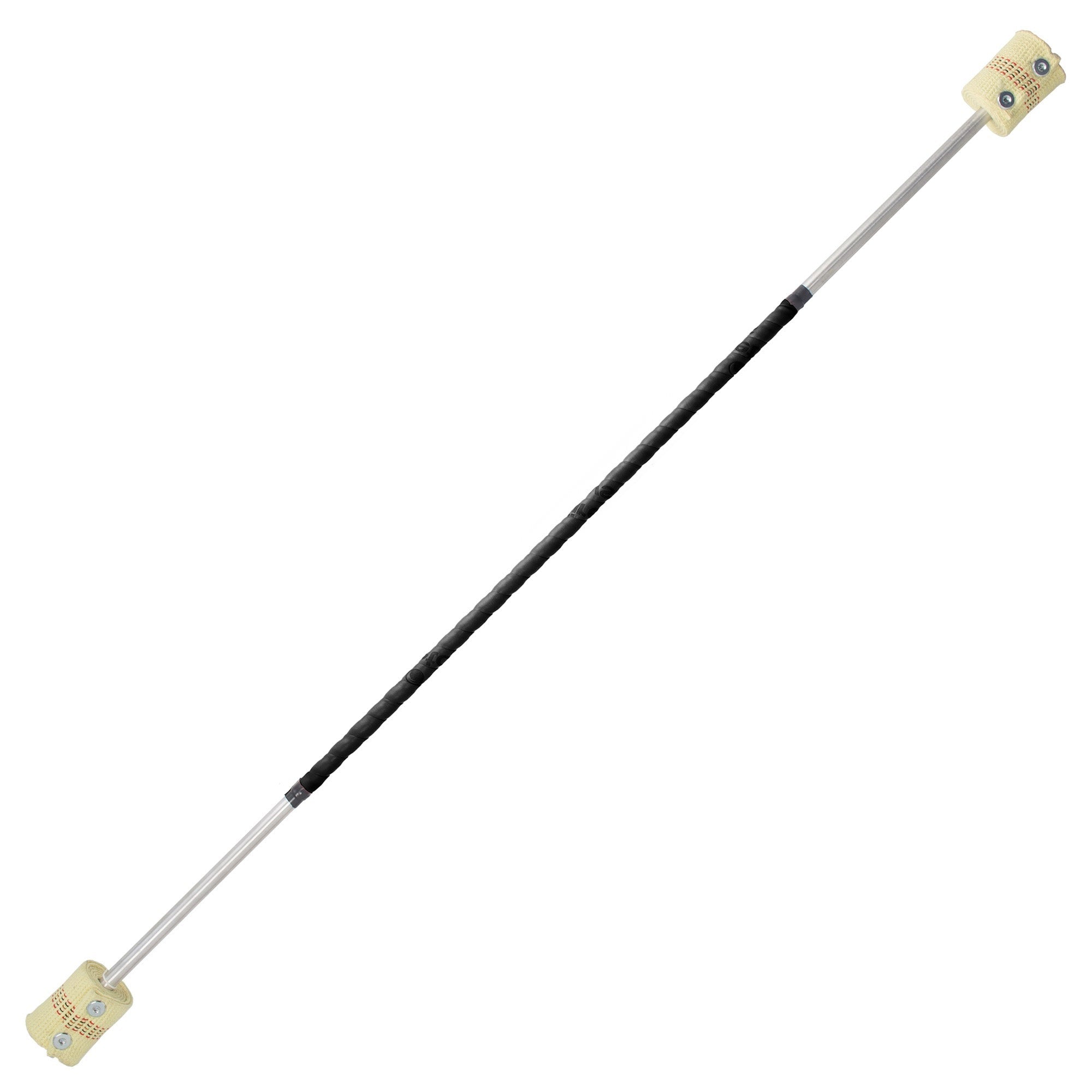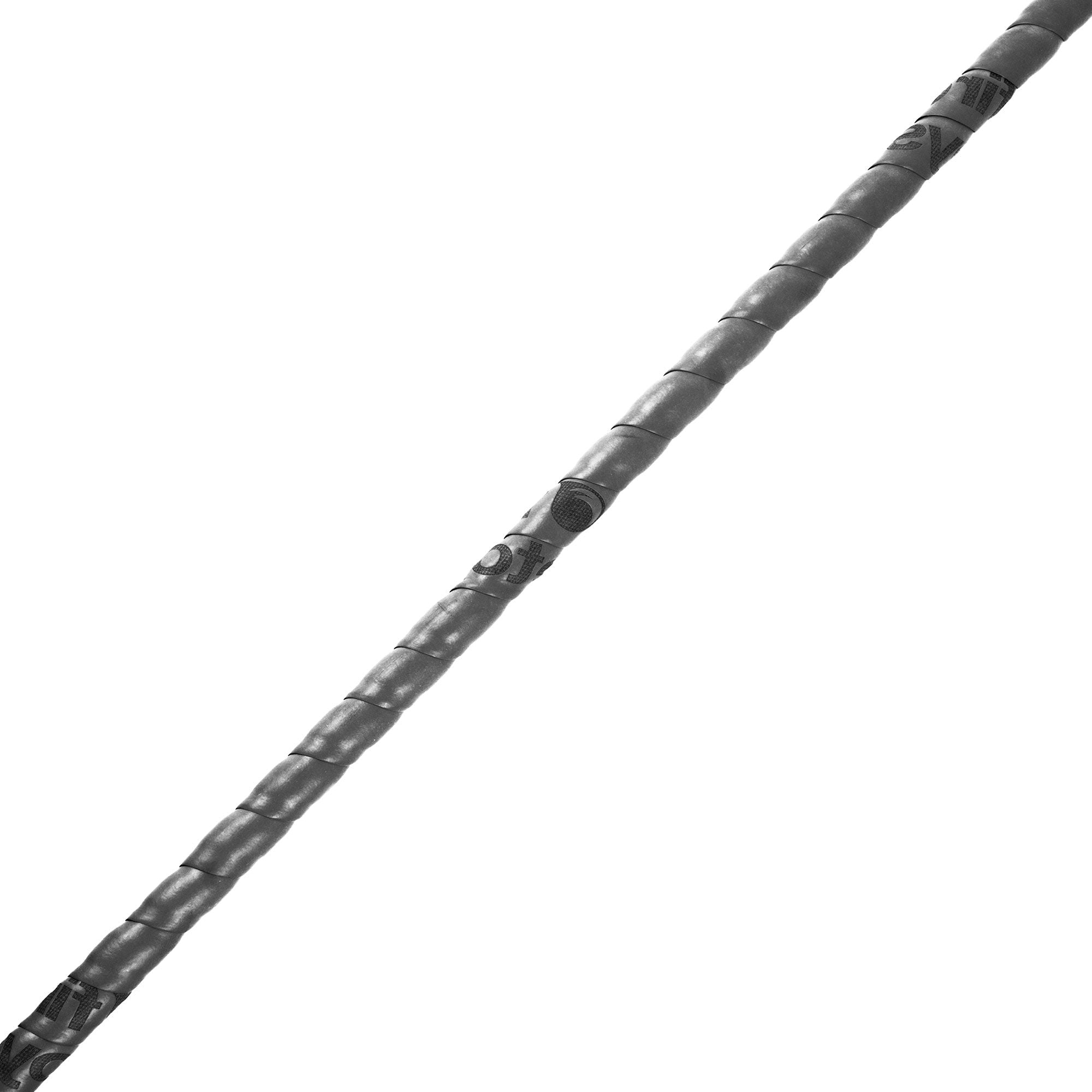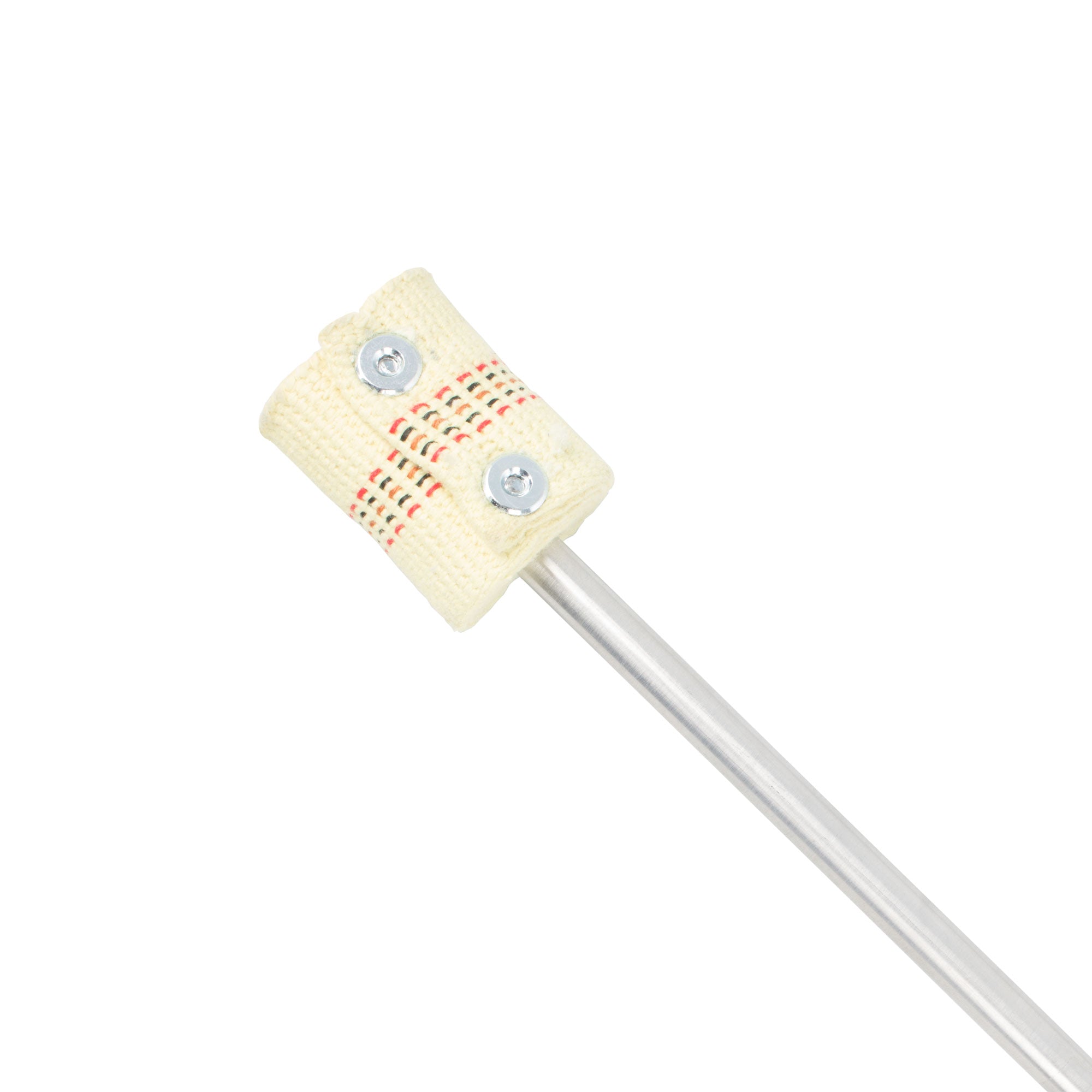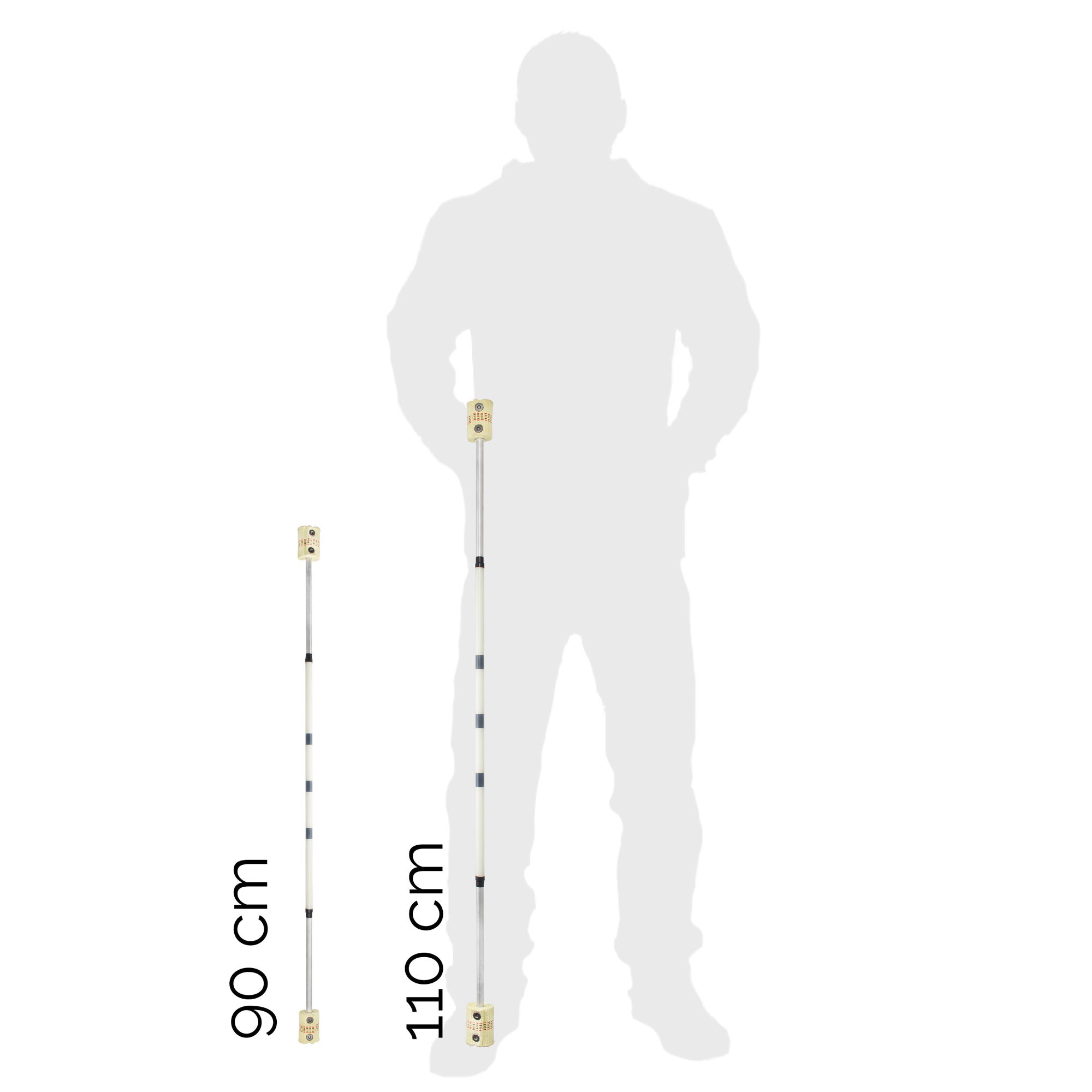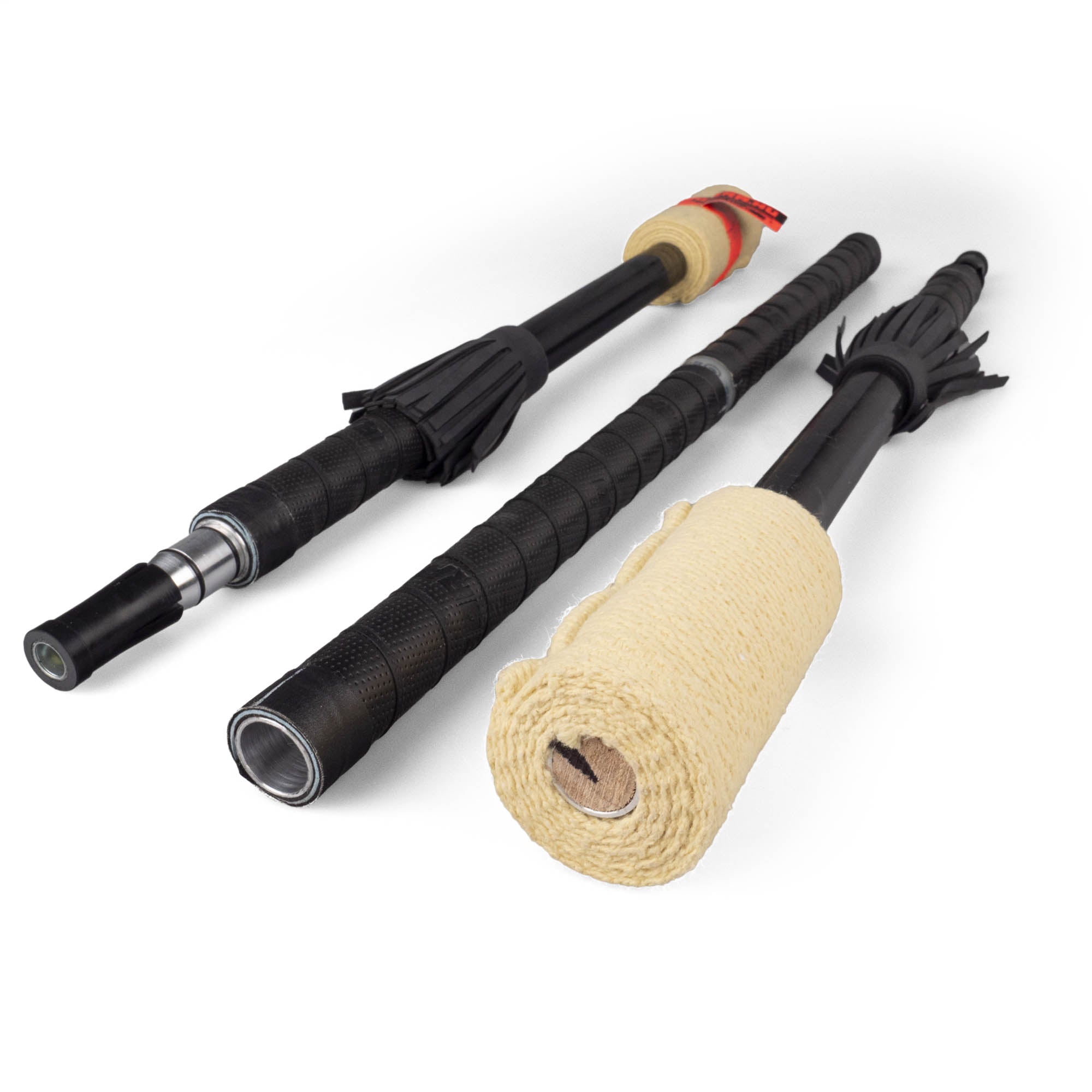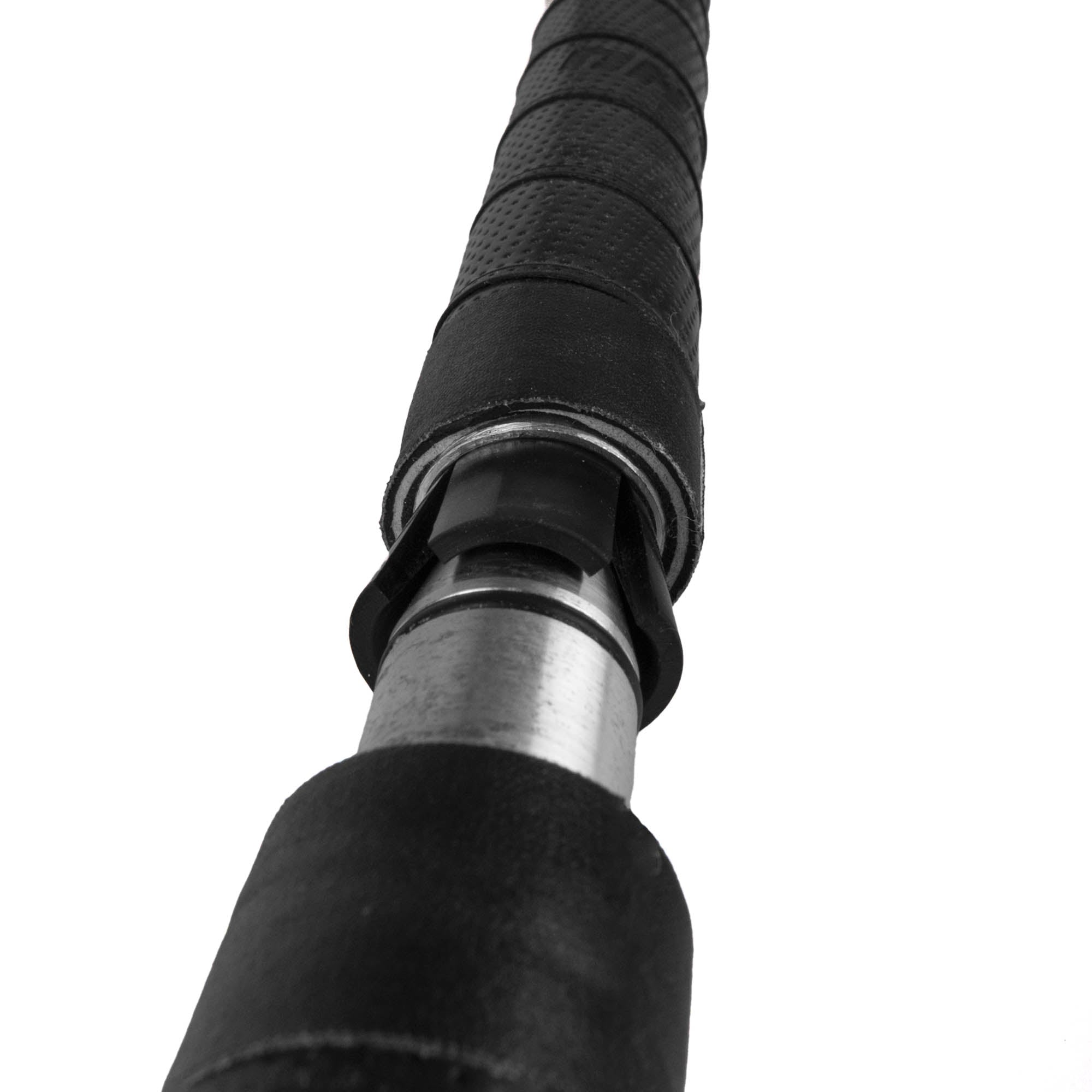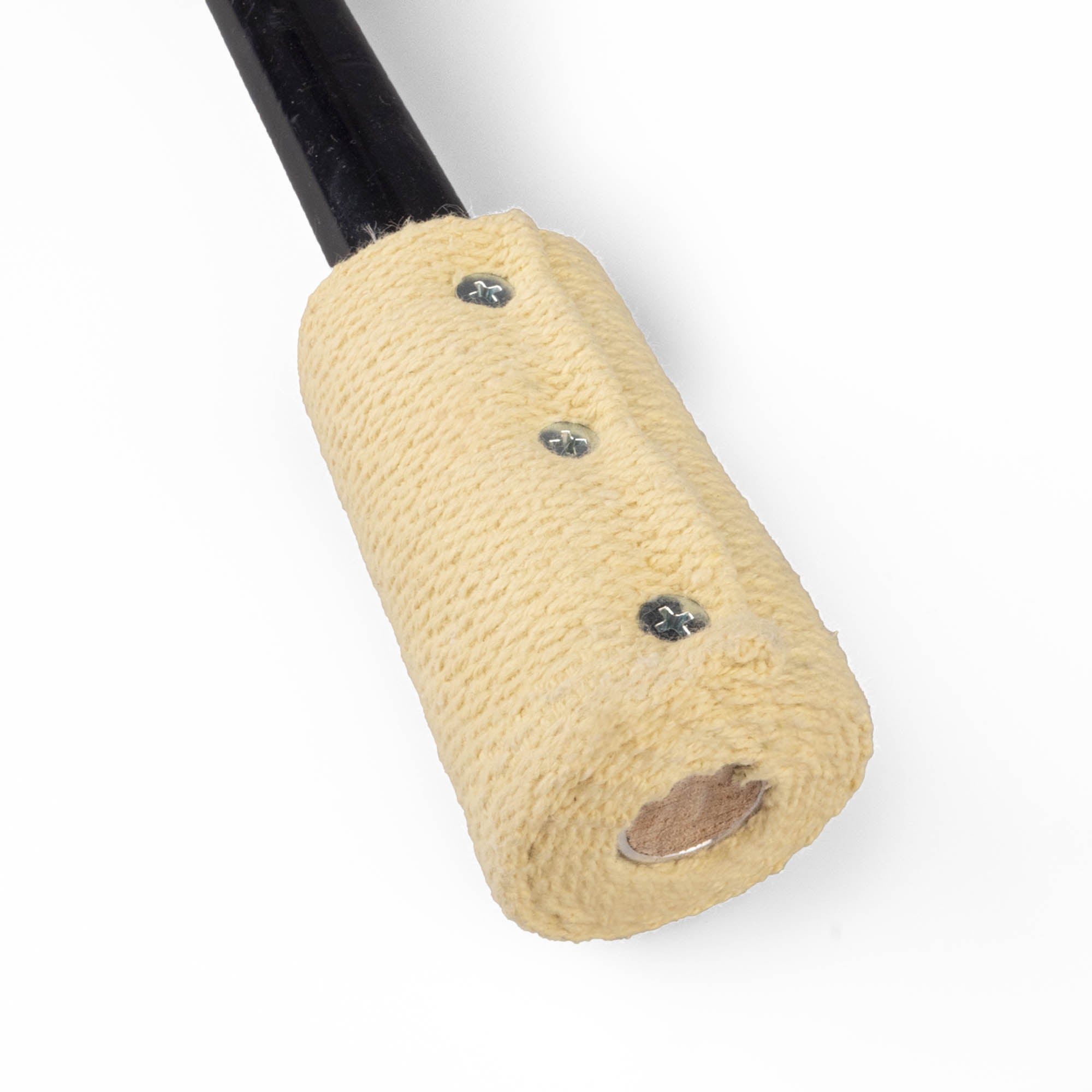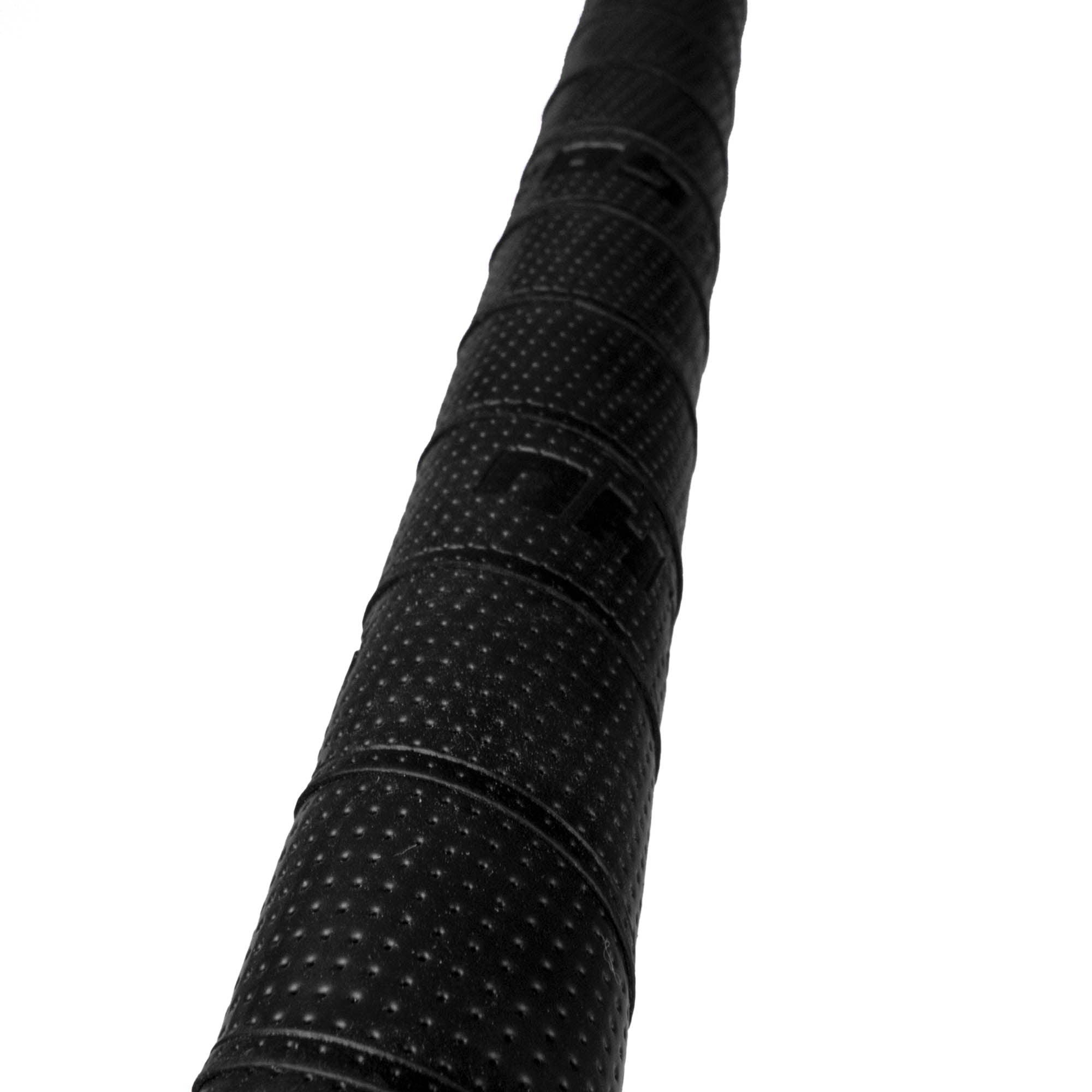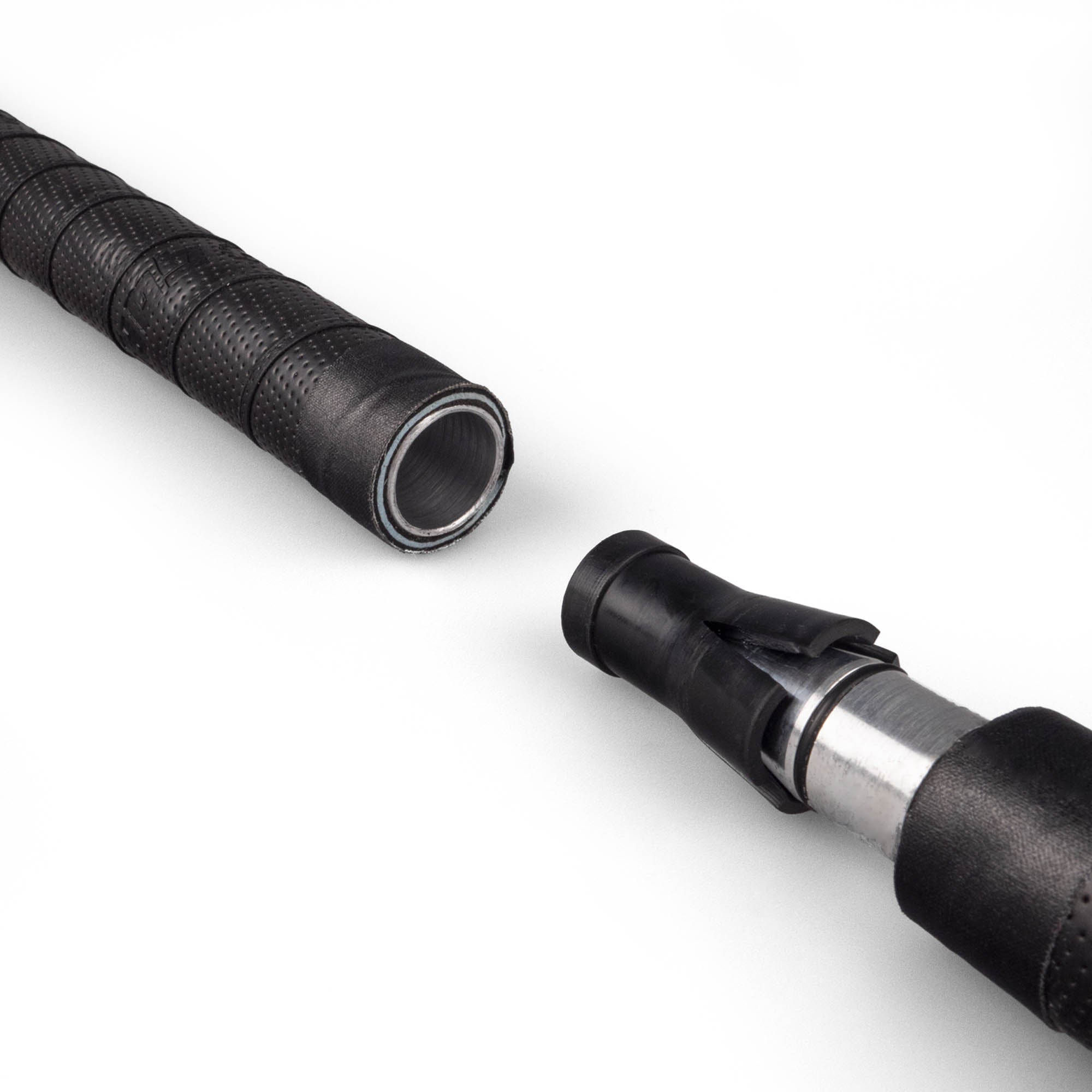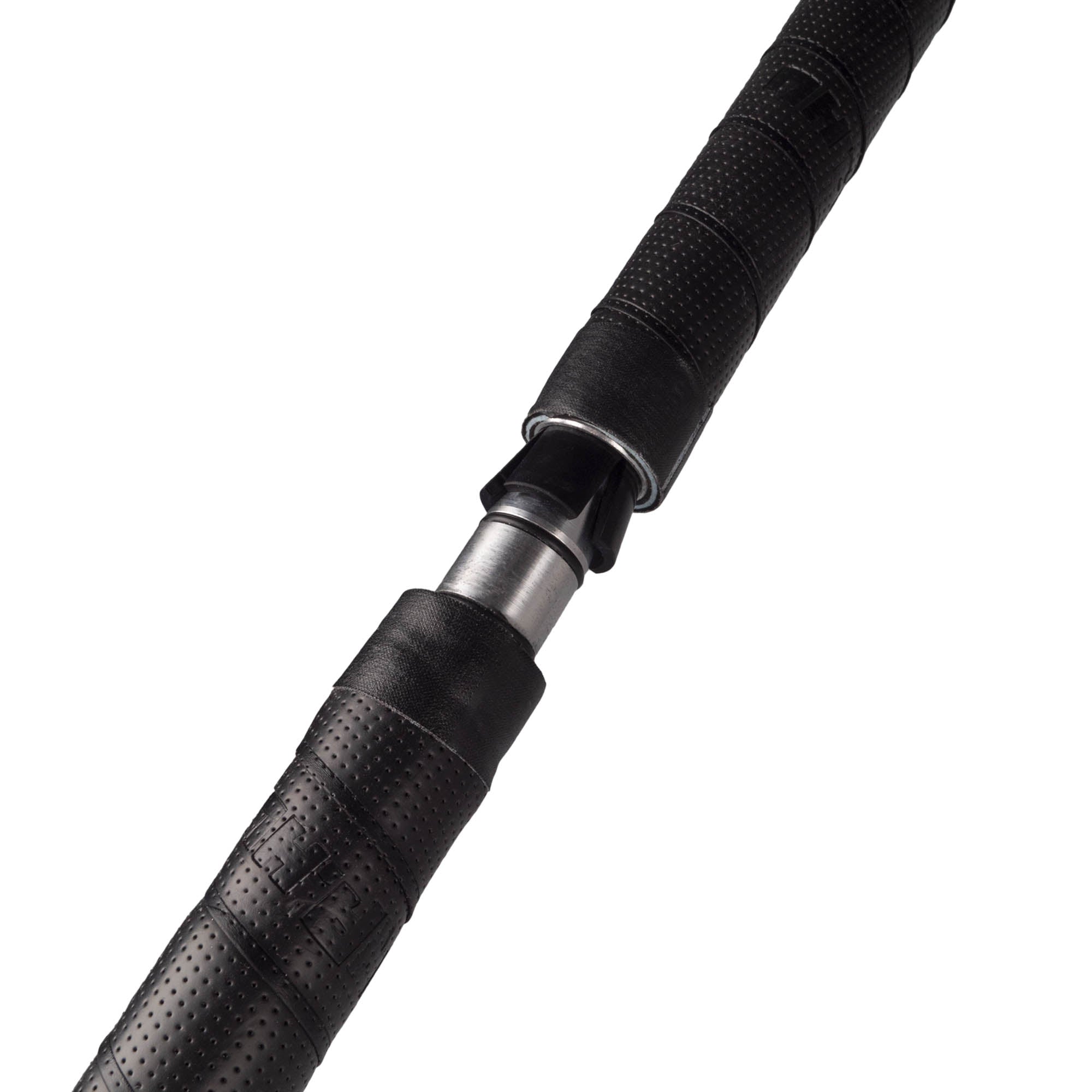History of Fire Staff Spinning
Fire staffs have been spun for hundreds of years in places like Polynesia and Hawaii. The manipulation of staffs has also been found in martial arts all over the Orient. Obviously, staff spinning techniques in martial arts are focused on attack and defence (and don’t involve fire) but many of the same principles and moves are used in aesthetic, as opposed to combative, staff spinning.
In more recent times fire staff has become increasingly popular both in more Western countries and worldwide. The advent of the internet, and in particular video hosting sites like YouTube, has hugely increased the popularity of fire staff spinning and the speed of its development. With these technological advances fire staff spinners, who are still relatively few and far between, can share, learn and teach each other no matter where they are in the world. This has resulted in the diverse and highly technical art form we see today.
Modern Fire Staff Spinning
Quite a few different styles of fire staff spinning have emerged over the years. They all overlap but they can be separated into the following areas:
Single Non-Contact Fire Staff Spinning
This is very similar to how fire staves have been spun for centuries. The staff is held in one or two hands and spun through the air and around the body. Basic moves include figure of 8s, the rotor and the pinwheel.
Single fire staff spinning is often done at quite high speeds and involves throws and sometimes acrobatics. Combining single fire staff spinning with dance helps to create even more impressive performances.
This type of staff spinning is the best place to start learning to use a fire staff. The basic moves are easy to pick up and anyone can learn a few of them without too much trouble. It’s recommended that you become familiar with single fire staff spinning (using both your left and right hands) before progressing to the other types of staff spinning.
Contact Fire Staff Spinning
Contact staff spinning is the manipulation of the staff without gripping it in your hand. The staff rolls, pivots, wraps and balances around and on different parts of the body.
While some contact staff moves are found in martial arts, fei cha (see below) and are used in modern baton twirling, contact fire staff as we see it today started to emerge in the UK in the 1990s. Mushy Pea Steve is often cited as a key player in the early days of contact staff; the contact staff move, the “Steve”, is named after him.
Contact fire staff is much more difficult to learn than normal staff spinning. The moves are more technical and can require quite a lot of flexibility and dexterity. The key to contact fire staff is to move your body around the staff, as well as moving the staff around your body. Contact staff is impressive to watch but it can take many years to become proficient at it.
Famous contact staff moves include the Halo, Fishtails, Steves and the Matrix.

Double Fire Staff Spinning
At its simplest double staff spinning involves performing the same moves as single, non-contact staff spinning but with a staff in each hand. This is easier said than done and why it is important to learn single staff tricks with both hands (and in both directions).
Double fire staff spinning looks great when mastered and, like single staff spinning, is improved by adding dance elements.
Double staff spinning has also spawned a couple of sub-divisions; doubles contact/staff on staff contact (SoSC) and antispin / isolation manipulation.
Double Contact Staff / SoSC: essentially doing contact staff moves while spinning two fire staffs. Often only one staff is doing a contact move while the other is spun in the hand but moves can be done where both staffs are performing contact tricks.
Staff on staff contact involves using one of the staffs as the contact point for the other instead of your body. One staff pivots, wraps, or rolls over the other staff.
Antispin / Isolation Manipulation: involves creating interesting geometric shapes with the staffs. This can be done with a single staff but using two allows you to create optical illusions that make the staffs appear as if they are attracted to or repelled from each other, like magnets.
Finger spinning (spinning the staffs through the fingers) is often used to produce these effects and precision is the key to this type of fire staff spinning.
Fire Staff Juggling
What it says on the tin really; juggling but with fire staffs. Fire staff jugglers use three or even more staffs to produce a variety of juggling patterns. Fire staff juggling is hard to learn due to the size of the objects being juggled and the height they have to be thrown. The results are extremely impressive though.
Many fire staffs can be passed between two or more people just as the more traditional juggling club can be.

S-Staffs / Buugeng
S-Staff takes double staff moves and patterns and applies them to curved, s-shaped staves. These props are more difficult than double fire staffs but the curves of these staffs can create optical illusions that are well worth the effort.
Antispin and isolation techniques are often used with s-staffs to enhance illusions further.
Fei Cha / Dragon Staff
Fei cha is an ancient Chinese art form that uses a trident. The three-pronged fork at one end means the centre of gravity is off-centre but also means the trident rolls slower than a staff. This allows for a style of contact moves that are quite different from modern contact fire staff. Being a trident it also looks quite different to contact staff spinning.
In recent years some manufacturers have taken the principle of fei cha and adapted it for today’s fire staff spinning movement. These new props are like fire staffs but have four or more spokes with a wick to create wheel-like shapes at each end. Unlike fei cha, these props are centre-weighted but the same rolling contact moves are performed.


